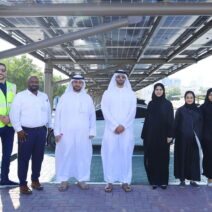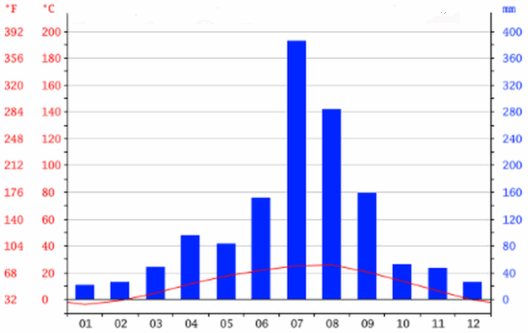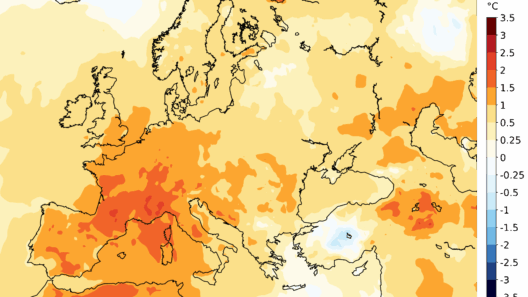Electricity is the lifeblood of modern society, coursing through our homes and workplaces like a powerful river. However, this river has its tributaries; some deceptively tranquil, others tumultuous, all contributing to the complex landscape of global warming. Understanding the role of electricity in the climate crisis requires delving deep into the intricate connection between energy consumption and greenhouse gas emissions. Each outlet in our home, each device we plug in, serves as a link in a vast chain of production and consumption that ultimately shapes the environment we inhabit.
The first stop in this exploration is the generation of electricity. Power plants—those colossal, intimidating structures that dot the landscape—serve as the engines driving our electrical grid. Most of the electricity consumed globally is generated from fossil fuels such as coal, natural gas, and oil. These sources, while efficient in generating power, release a concerning volume of carbon dioxide (CO2) and other greenhouse gases into the atmosphere during combustion. In fact, energy generation is responsible for a significant portion of global carbon emissions. Thus, the first link in our metaphorical chain is laden with consequences. We may rejoice in the convenience electricity provides, but at what cost?
Yet, not all forms of energy generation share this bleak footprint. Renewable energy sources, such as solar, wind, and hydroelectric power, offer a glimmer of hope amid the shadows cast by fossil fuels. By harnessing the natural elements, these alternatives produce electricity with minimal or no greenhouse gas emissions. The transition from fossil fuels to renewables can be likened to evolving from a predatory beast to a gentle caretaker, embracing harmony with nature rather than ruthlessly exploiting it. However, despite the promising advances in renewable technologies, fossil fuels continue to dominate the energy landscape, illustrating that change, while necessary, is an arduous process.
As electricity reaches our homes, it becomes the lifeblood of modern amenities. Lighting our rooms, powering appliances, and charging devices—each action is fueled by the energy coursing through our outlets. While it is easy to dismiss these conveniences as benign, the reality is far more complex. The cumulative effect of individual energy consumption contributes to vast amounts of energy demand. This insatiable thirst for power drives the construction of additional power generation units, often leading to a cycle of increased emissions. It is akin to a burgeoning beast, ever more hungry, consuming resources, and spitting out pollution as it grows.
Consider the role of technology in this narrative. Our devices—smartphones, laptops, televisions—serve as both tools of progress and harbingers of harm. While they connect us to vast reservoirs of information, their production, operation, and disposal embed them within a cycle of environmental degradation. Each gadget comes with an associated ‘carbon footprint,’ a term that quantifies the total greenhouse gas emissions linked to its lifecycle. The irony here is profound; devices designed to enhance connectivity often contribute inadvertently to a fragmented ecosystem, exacerbating the very climate issues we seek to combat.
Furthermore, electricity consumption doesn’t just happen in isolation. The very structure of our cities influences energy use patterns. Urbanization, sharing the same enthusiasm for growth as the voracious beast metaphor, has increased energy demands exponentially. High-rise buildings, sprawling suburbs, and bustling industrial zones all contribute significantly to energy consumption and, consequently, greenhouse gas emissions. This phenomenon amplifies the urgency of rethinking urban planning and infrastructural development—transforming our built environments into bastions of sustainability rather than monuments to disregard.
Amid this complexity lies another critical consideration: energy efficiency. Merely reducing energy consumption isn’t enough; we must also maximize the efficacy with which we harness and utilize energy. Innovations in technology—energy-efficient appliances, smart grids, and better insulation—have the potential to mitigate the impact of our energy consumption. However, widespread adoption of these measures is necessary to truly effect change. Imagine if each household took responsibility for their energy consumption, akin to individual drops of rain merging to form a river—small actions leading collectively to monumental impact.
Addressing the electricity emissions nexus also necessitates examining behavioral shifts among consumers. Educating society about energy conservation can serve as a transformative force, empowering individuals to re-evaluate their energy habits. Small actions—turning off lights when not in use, using public transport, or opting for energy-efficient appliances—are less insignificant than they might seem. These decisions sow the seeds for a culture of sustainability that flourishes in collective awareness. The metamorphosis from passive consumers to active participants in energy conservation represents a paradigm shift, one that is instrumental in combatting global warming.
Finally, government policy plays an instrumental role in shaping the future of energy consumption and emissions. Strong regulatory frameworks can incentivize the transition to renewable energy, promote energy efficiency, and reduce reliance on carbon-intensive sources. Implementing carbon pricing mechanisms provides a financial impetus for industries to innovate and reduce emissions, fostering a culture where sustainability is not just encouraged but necessitated. These policies can be likened to a compass, guiding society towards a more sustainable horizon amid the tumultuous seas of climate change.
In conclusion, the role of electricity in global warming cannot be understated; it serves as both the lifeblood of modern society and a significant contributor to greenhouse gas emissions. Understanding this duality is crucial in driving the conversation about sustainability forward. As we navigate from outlets to emissions, acknowledging the intricate connections between energy production, consumption, and environmental impact empowers individuals and communities to enact change. By embracing renewable energy, implementing efficiency measures, and fostering behavioral shifts, society can reshape its reliance on electricity into a force for positive environmental stewardship. Only then can we aspire to transform this powerful river into a stream of benefit that nourishes rather than depletes our planet.







